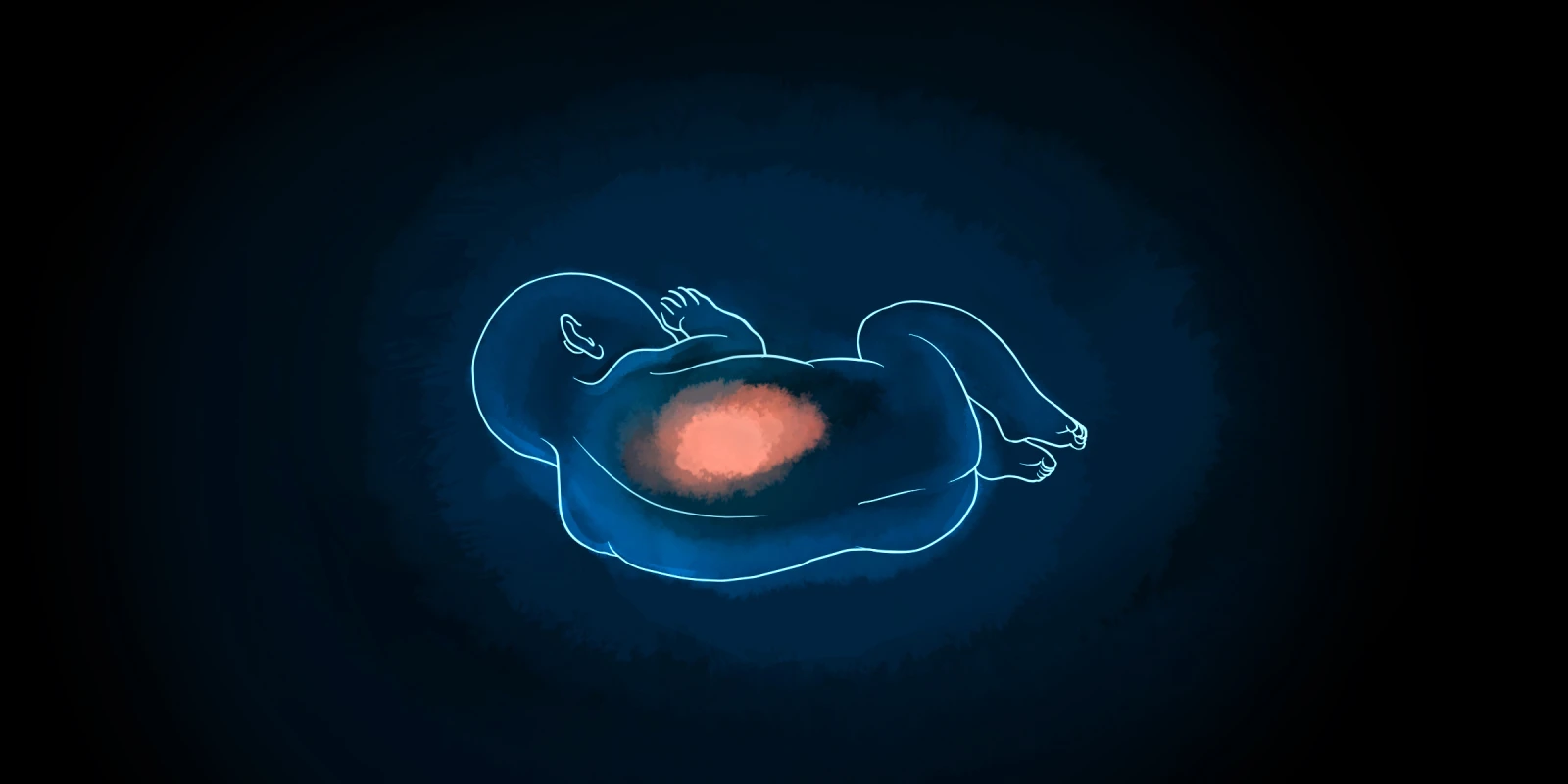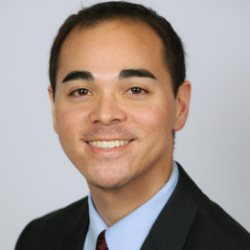A 3-week-old who reportedly rolled off of their diaper table, presenting with uncontrollable vomiting and seizure-like activity.
A 7-month-old who reportedly walked into their parents’ bathroom and stepped into the bathtub, presenting with demarcated scald burns reaching to their knees.
A 6-year old who reportedly bumped into his bed frame, presenting with back pain and found to have a scapular fracture.
As clinicians, we are trained to pick up on the inconsistencies within these stories and the patients’ presentations. Rolling is a developmental milestone typically achieved around four months of age. Walking is a developmental milestone typically achieved around one year of age. Scapular fractures are very rare, and are not a result of bumping into furniture for children without preexisting bone disease. Stories like these raise concern for easily one of the most challenging, painful aspects of practicing pediatric medicine — non-accidental trauma (NAT).
NAT is a pervasive issue within our society. According to the CDC, in 2020, there were more than 1,700 deaths attributable to child abuse, and at least 1 in 7 children have experienced child abuse or neglect in the past year. The latter burden is carried disproportionately by infants, as their deaths account for nearly half of all abuse-related deaths in the U.S. Unsurprisingly, mortality is only a sliver of the consequences of childhood maltreatment. Traumatic events in childhood have been demonstrated to have a significant impact on both physical and psychiatric health. Childhood maltreatment has been linked to increased rates of brain damage, diabetes, heart and lung disease, and malnutrition. These traumatic events in childhood have also been demonstrated to cause alterations of early brain development and learned stress responses, and may lead to diminished executive functioning and cognitive skills, attachment disorders, and increased juvenile delinquency leading to adult criminality. Moreover, some victims of abuse may go on to become abusers themselves, therefore perpetuating this devastating cycle of maltreatment.
The aforementioned 3-week-old was one of my patients. Her parents had brought her in three days following the alleged accident, stating that they were worried she hadn’t been able to keep any of her feeds down and that she had some odd shaking of her upper extremities that they had never seen. A thorough physical examination revealed hazy eyes and healing bruises across her lower back and upper thighs. A head CT demonstrated severe subdural hemorrhages, and with just one glance at the scan, we knew that her brain would never be the same.
As the front-line clinician, I was tasked with consulting our ophthalmology colleagues to assess for retinal hemorrhages, reaching out to our neurosurgeons to determine if any intervention was necessary, and divulging these results to the parents. Not only did I need to tell them that their child had had a life-altering brain hemorrhage, but I needed to tell them why we were concerned that this pathology was a result of NAT.
I always initiate these conversations by acknowledging how difficult parenting is. If the patient is an infant, I discuss the impact of newfound stress to care for the baby, which is oftentimes compounded by a lack of sleep. I remind them why a key component of our newborn anticipatory guidance includes recognizing that parental emotions may reach a peak in which it is safest to place their baby in a crib and step away from the situation. If the patient is a child, I discuss the struggles of working through tantrums and new developmental stages, and the many ways that our current society does not support parents.
Despite how difficult it may be, it is vital to attempt establishing a therapeutic relationship with the family. We are the first in a network of many individuals — social workers, child protective services, case managers — to discuss our concerns with the potential perpetrators. Further amplified by the fact that caregivers with characteristics such as alcohol abuse, drug abuse, and financial problems are at increased risk for inflicting maltreatment toward children, there are oftentimes many extenuating layers to work through with the family that will require them to be connected with other members of the health care system. It cannot be overstated: These conversations can be extremely traumatizing and triggering to everyone involved.
As I steadied my shaking voice, I slowly discussed the reasons our team was concerned for NAT: the inconsistencies between this patient’s developmental age and supposed developmental milestones, the type of intracranial hemorrhage, and the parents’ delay in seeking care for intractable vomiting. Not unexpectedly, the parents were furious, with loud expletives and painful accusations directed toward me. I tried to convey that my job was not to judge nor determine the perpetrator, but rather to take care of their child. For this family, taking care of their child meant conducting a full skeletal survey which identified numerous healing rib fractures, performing blood coagulation tests that definitively ruled out a pre-existing bleeding disorder, admitting them to our trauma service, involving our Child Protection Team, and ultimately having their maternal great-aunt file for full custody.
Not all cases of NAT are so quickly and easily identified. Inconsistencies of the patient’s presentation may not jump out to us, injuries may be too subtle to be identified, or the child may never even be brought to care and evaluated. It is incredibly important for all pediatric clinicians to be aware of the findings of NAT, and given its devastating prevalence, always consider it as part of the differential diagnosis when evaluating a patient.
How have you navigated a NAT case? Share in the comments.
Dr. Sahr Yazdani is a pediatric resident physician in Philadelphia, Pennsylvania. She enjoys reading, listening to Pakistani music, and trying out new Thai restaurants with her friends and family! Dr. Yazdani was a 2022–2023 Doximity Op-Med Fellow.
All names and identifying information have been modified to protect patient privacy.
Illustration by April Brust







